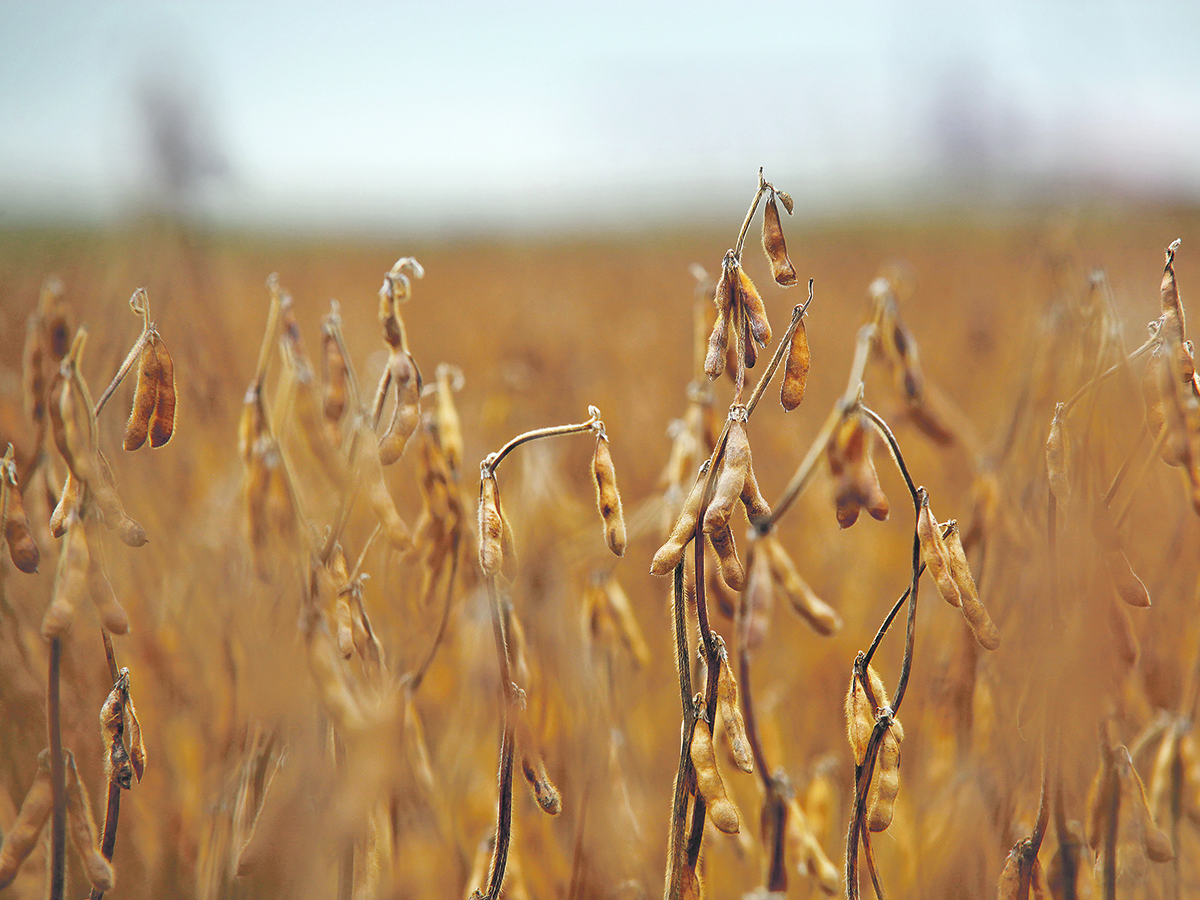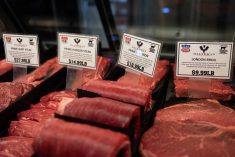European Union is seen as leading the way in sustainability regulations that could distort agricultural trade in a big way
SASKATOON — Agricultural exporters, including Canada, are facing a new type of trade barrier, according to the Canadian Agri-Food Trade Alliance.
“There has been a trend towards sustainability initiatives that can be used as market access barriers and we want to push back against that trend,” said CAFTA executive director Michael Harvey. “It’s a pretty big concern we have.”
Related stories:
Sustainability joins the list of other non-tariff barriers to trade, such as sanitary and phytosanitary measures, biotechnology and pesticide residue limits.
Read Also

Pakistan reopens its doors to Canadian canola
Pakistan reopens its doors to Canadian canola after a three-year hiatus.
“We set out our Principles for Sustainable Trade precisely to try to prevent sustainable trade discussions from becoming protectionism,” he said.
Harvey is referring to a document published on CAFTA’s website containing 11 principles intended to serve as a guiding framework for policy discussions at the intersection of trade and sustainability.
He said the European Union is the behemoth of sustainability regulations. Its Regulation on Deforestation-free Products (EUDR) is the first one that could distort agricultural trade in a big way.
The regulation came into force on June 29, 2023. It is designed to reduce the amount of deforestation that occurs in the production of commodities like cattle, wood, cocoa, soy, palm oil, coffee, rubber and some of their derived products.
Any trader who imports those commodities into the EU must be able to prove the products do not originate from recently deforested land or have contributed to forest degradation.
The law was supposed to be implemented on Dec. 30, 2024, after giving concerned parties 18 months to prepare, but it appears the start date will be postponed by a year after a backlash from exporters and importers.
Harvey said CAFTA is concerned about the law because, while it is designed to prevent deforestation of tropical rainforests, it has the potential to affect farmers on the Canadian Prairies who prune woods that grow on grasslands.
“The things that might make sense for Brazil or Indonesia don’t make sense in Canada,” he said.
The regulation could prove costly because growers may need to buy expensive software or hire external consultants and there are complicated forms to fill out.
He worries that it will hit small farms harder because they have fewer resources than larger operations.
“In a broad sense it’s legislation that creates barriers for producers like us that are moving us away from freer trade and fairer trade towards a system that can be gamed by some actors,” said Harvey.
Brian Innes, executive director of Soy Canada, said soybeans have been under the sustainability microscope more than any other crop due to massive acreage expansion of that crop in Brazil.
The EUDR was created to help prevent Brazil and other countries from knocking down rainforest to plant more crops.
Many suppliers in the soybean sector are already well versed at meeting sustainability requirements. The United States and Brazil have been running “highly marketed” sustainable soybean verification programs for many years.
Canada was losing business to those programs until the Sustainable Canada Soy Program was launched in March 2023.
“We now have virtually all the major food grade soybean exporters onboard,” said Innes.
While the EUDR is all about deforestation, the industry-driven verification programs are multifaceted, involving a host of other factors such as soil, biodiversity, water, greenhouse gas emissions and labour.
Innes said the verification programs are vital for accessing markets like Canada’s aquaculture sector, which requires sustainably sourced soybean meal.
There is also a growing list of customers in overseas markets like Japan and the EU who want to buy sustainably sourced soy.
Some in the soy industry are embracing the sustainability initiatives.
Lance Rezac, chair of the U.S. Soybean Export Council, recently stated that he is “really optimistic” about the EUDR.
“I think that should be a good opportunity for U.S. soy farmers,” he said during a recent AgriPulse webinar. “We’ve got a great story there.”
He has seen an analysis suggesting that possibly 5,000 U.S. soybean acres could be affected by the EUDR compared to millions of acres in Brazil.
“That should really, really be to our advantage,” said Rezac. “I was kind of disappointed that they delayed (the EUDR). If they got it going, it would have really benefitted U.S. soy.”
Archer Daniels Midland issued a press release in July saying it is offering fully verified, segregated and traceable soybean meal and oil that meet the requirements of the EUDR. The company’s “re:source” program enrolled almost 5,300 farmers encompassing more than 4.6 million acres across 15 states for the 2024 season.
Innes said Canada doesn’t have a unified stance on the EUDR because the soy industry is more diversified than it is in the U.S.
But he said there are hundreds of thousands of tonnes of the crop ready to be exported to the EU under the regulation when it is eventually implemented.
















